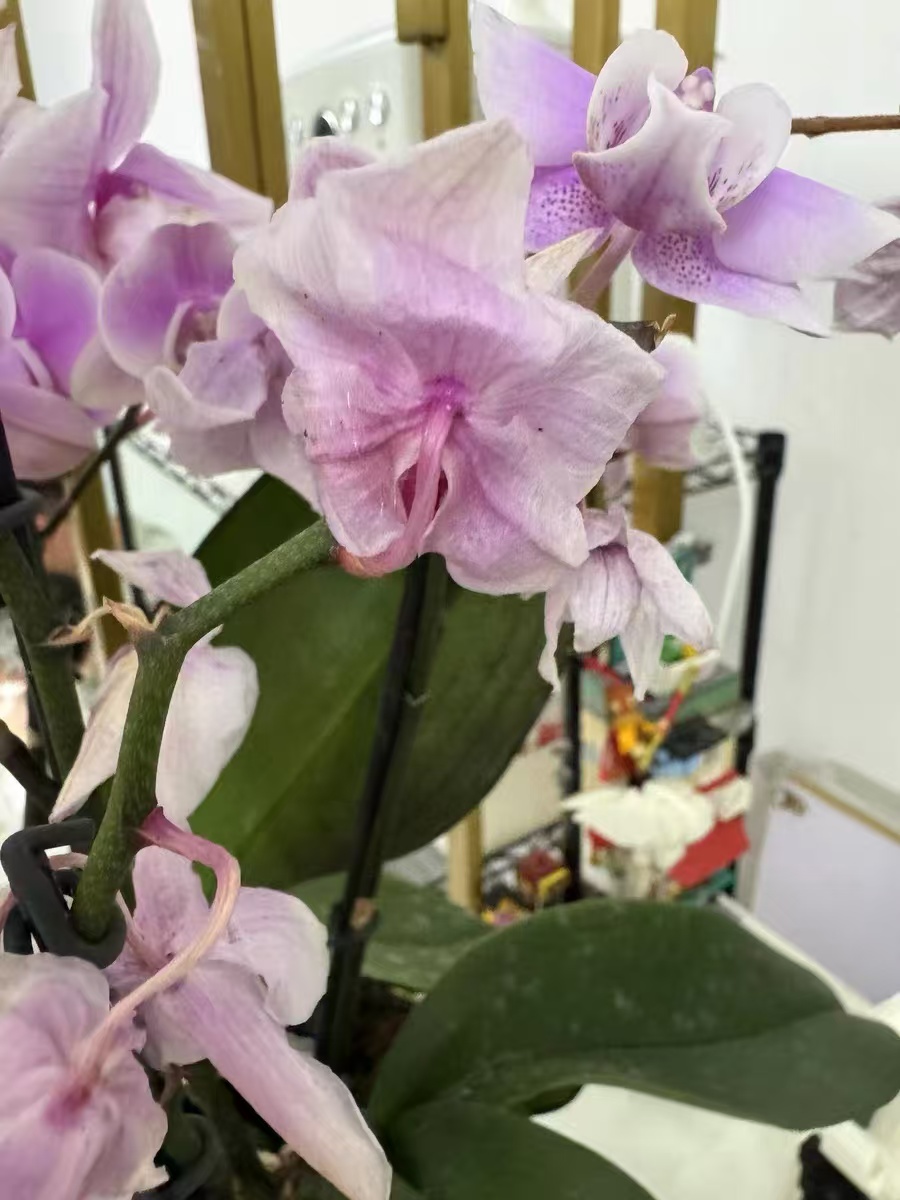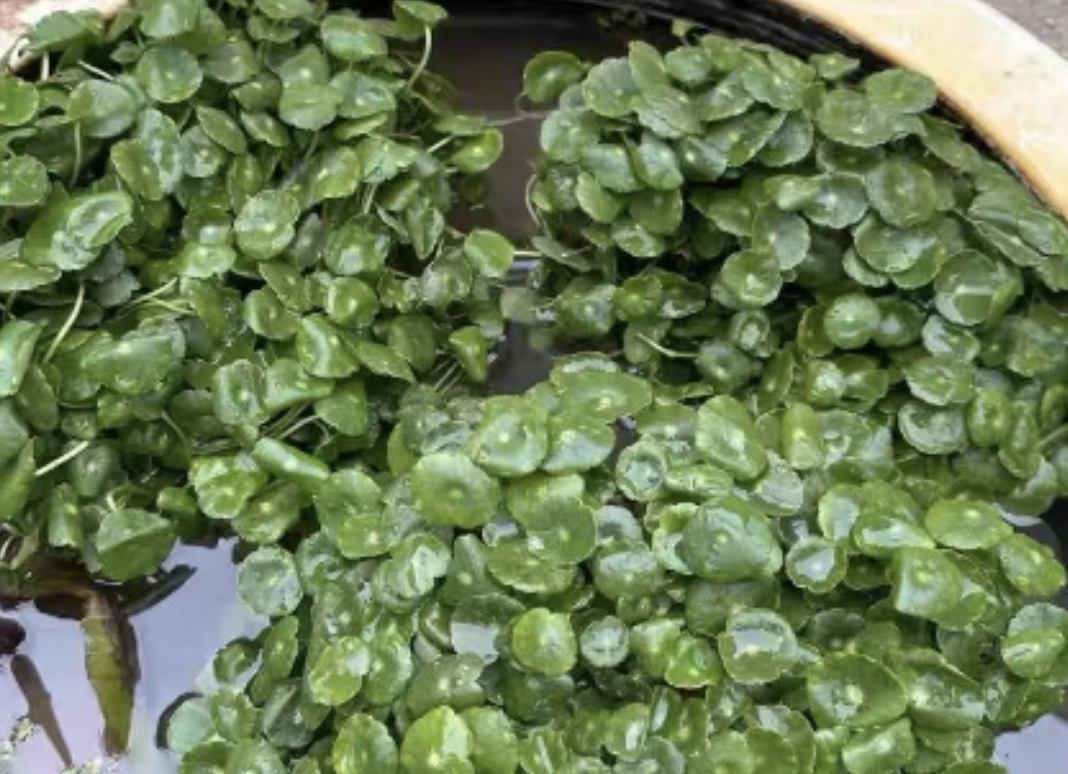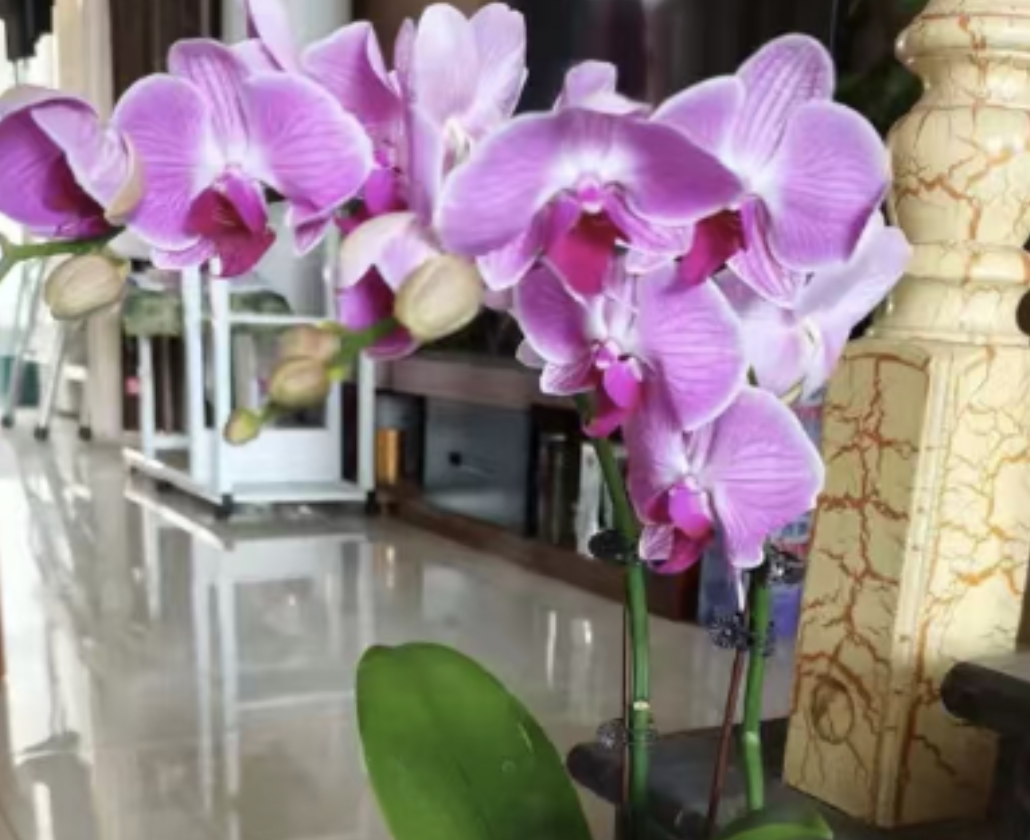Phalaenopsis orchids are perennial epiphytic herbaceous plants and are favored by many flower enthusiasts due to their elegant flowers and unique growth habits. To enable Phalaenopsis orchids to grow vigorously and bloom charming flowers, reasonable fertilization is of crucial importance. The following will introduce in detail how to fertilize Phalaenopsis orchids and the best timing for fertilization.
The root system of Phalaenopsis orchids is relatively fragile and is very sensitive to fertilizer concentration. Therefore, when fertilizing, the principle of "applying thin fertilizers frequently" should be followed. This means that the concentration of each fertilization should be low, but the frequency of fertilization should be relatively high. This can ensure that Phalaenopsis orchids obtain sufficient nutrients while avoiding the phenomenon of root burning caused by excessive fertilizer concentration. During the fertilization process, the following points also need to be noted:
Special Fertilizers: Phalaenopsis orchids have certain requirements for fertilizers. Compound fertilizers with a balanced proportion of nitrogen, phosphorus, and potassium should be selected, or special fertilizers specifically designed for orchids. The nutrient elements in these fertilizers can meet the growth and flowering needs of Phalaenopsis orchids.
Dilution for Use: Before using fertilizers, they should be diluted according to the recommended concentration to ensure that no harm is done to the root system of Phalaenopsis orchids. Usually, it is more appropriate to dilute the fertilizers to the recommended multiples of the standard concentration before use.
Fertilization Methods: The fertilizer solution can be evenly poured onto the soil around the flowerpot to allow it to penetrate to the roots. Additionally, the method of foliar spraying can also be used to supplement nutrients for Phalaenopsis orchids, but care should be taken not to spray the fertilizer onto the flowers to avoid causing burns.
The timing of fertilizing Phalaenopsis orchids is closely related to its growth stages and seasonal changes. A reasonable fertilization frequency can significantly improve the growth status and flowering quality of Phalaenopsis orchids.
Fertilization during the Growth Period:
• Spring and Autumn: These two seasons are the peak growth periods of Phalaenopsis orchids and require more nutrients to support their growth. Therefore, the fertilization frequency should be relatively high during this time, generally applying fertilizer once every 10 - 15 days. Liquid fertilizers or fertilizers dissolved in water should be chosen for fertilization to facilitate the absorption of the plant.
• Summer: As the temperature gradually rises, the growth rate of Phalaenopsis orchids accelerates. At this time, in addition to performing root fertilization once every two weeks or so, the frequency of foliar spraying can also be appropriately increased to provide more nutrients for the plant.
Fertilization during the Dormant Period:
• Winter: Winter is the dormant period of Phalaenopsis orchids. The plant grows slowly and its nutrient requirements decrease. Therefore, the fertilization frequency should be appropriately reduced during this time, applying fertilizer once every 20 - 30 days. Fertilizers with a lower concentration should be chosen for fertilization to avoid imposing a burden on the plant.
Fertilization during Special Periods:
• Bud Formation and Flowering Period: During the bud formation and flowering period of Phalaenopsis orchids, fertilization should be stopped or only low-concentration fertilizers should be used. This is because excessive fertilization may lead to early flower drop or a decline in flower quality. However, in the period before bud formation, the proportion of phosphorus fertilizer should be appropriately increased to promote the differentiation and development of flower buds.
After fertilization, watering should be done in a timely manner to dilute the fertilizer concentration in the potting soil and avoid the occurrence of root burning. At the same time, the growth status of Phalaenopsis orchids should be closely observed. If the plant shows abnormal conditions such as yellowing and slow growth, it may be caused by improper fertilization. At this time, the fertilization method and frequency should be adjusted in a timely manner to meet the growth requirements of the plant.
By mastering the above fertilization methods and precautions, you can provide a suitable nutrient environment for Phalaenopsis orchids, promote their healthy growth and enable them to bloom beautiful flowers. The maintenance of Phalaenopsis orchids requires patience and care. I hope this article can help you better understand how to fertilize Phalaenopsis orchids.
How to Fertilize Phalaenopsis Orchids Reasonably?

Share with
Tagged in :




Leave a Reply